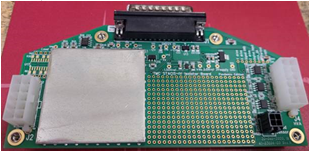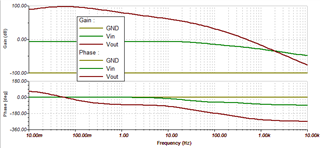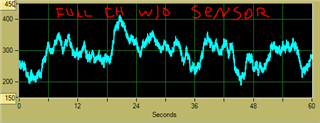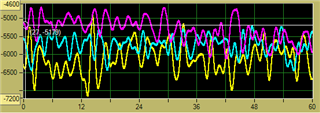Other Parts Discussed in Thread: OPA2277, , OPA2317, INA317, OPA2388, THP210, OPA2387, INA333, OPA2333, OPA227, OPA627, OPA210, OPA2206, OPA192
Hi, my customer is looking for the least noisy and drifty OPAMs . Typical gain at low frequency (0.1 to 1 Hz) is in the range of 100 – 500k gain. The gain is dropping with frequency and crossing unity at about 300 – 1000 Hz. Noise is not important at 1KHz.
The system runs on a 3V rail. Another issue is potential ground loops due to relatively long cables; the same shift in the ground level (say, 1 mV) now is almost 7 times more visible (20V dynamic span vs. 3 V)
They have created 3V version preamplifier which works satisfactory, using OPA2277 or ISL28134 as the first amplifier.
Now, they are using OPA388 but drift is still about 2-3 times more than they can tolerate.
What OPAM can you suggest, lowest drift, lowest input offset voltage?







